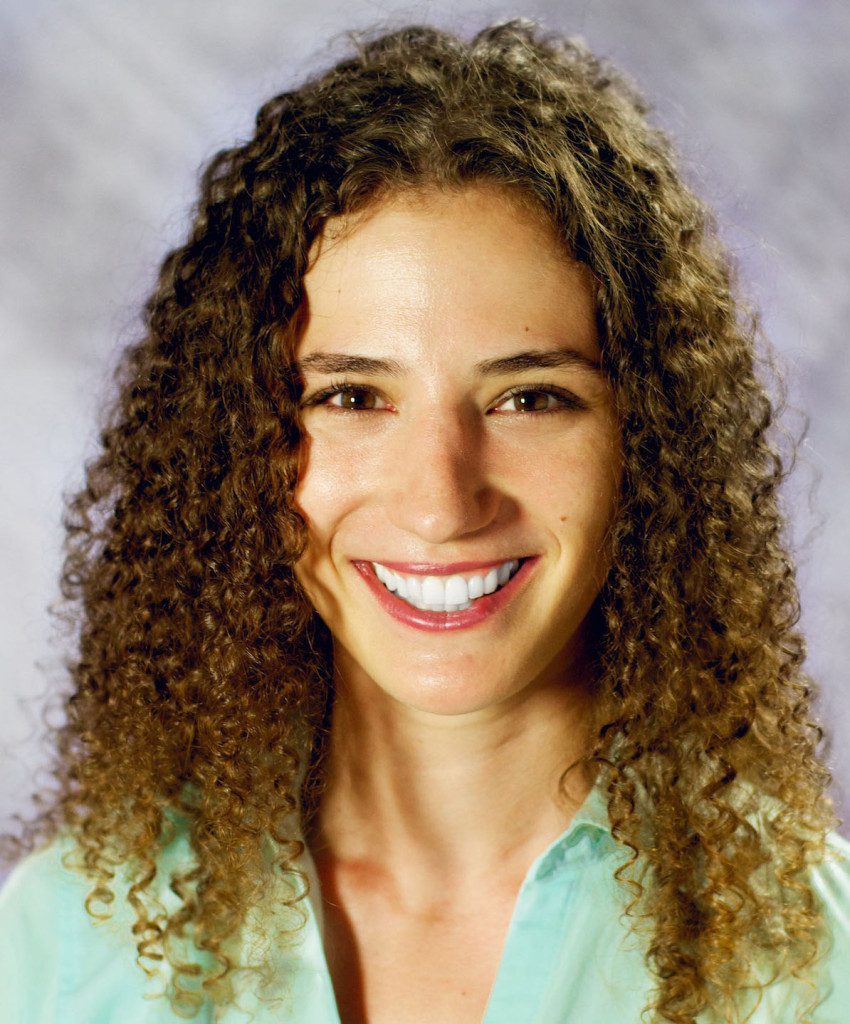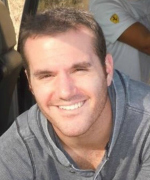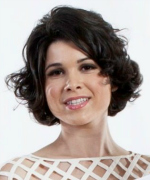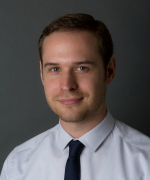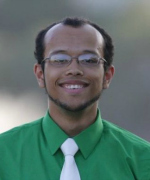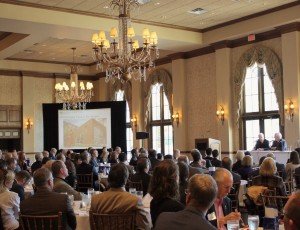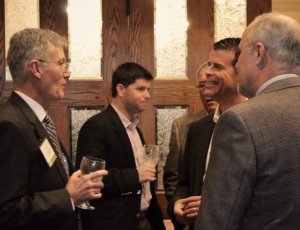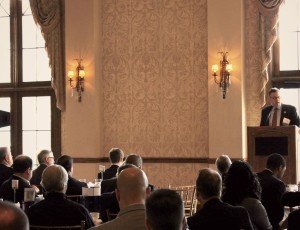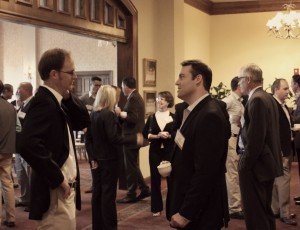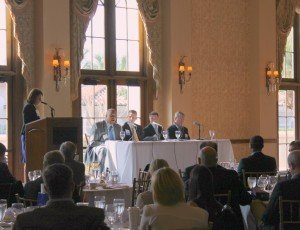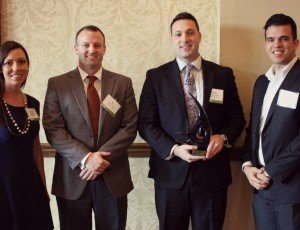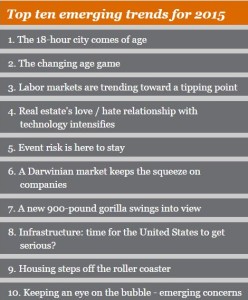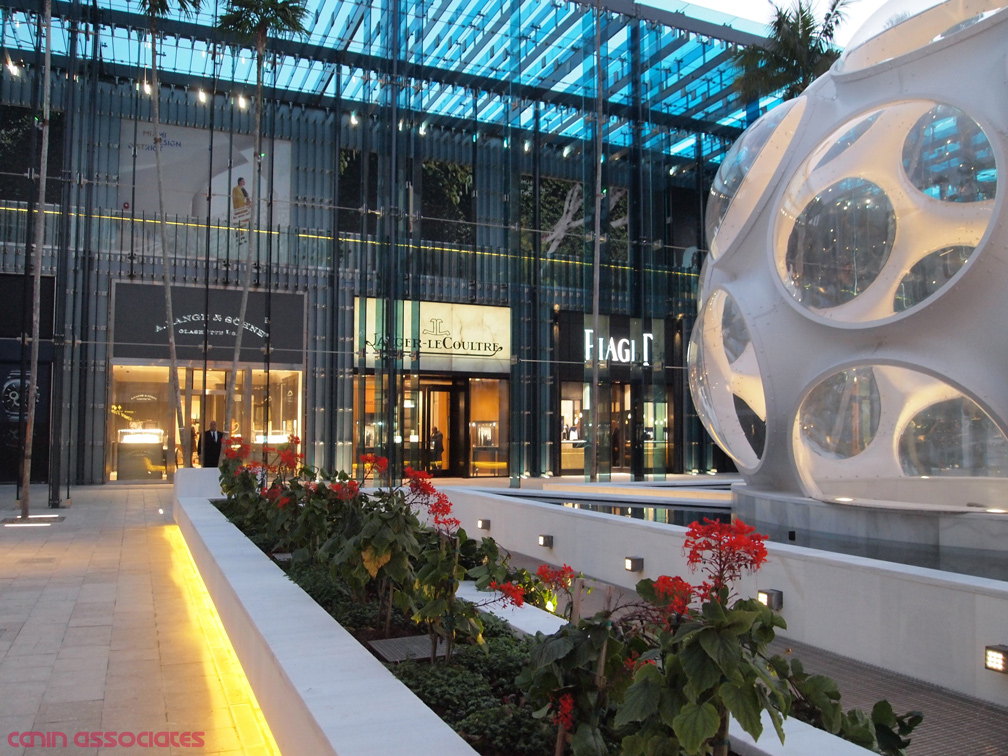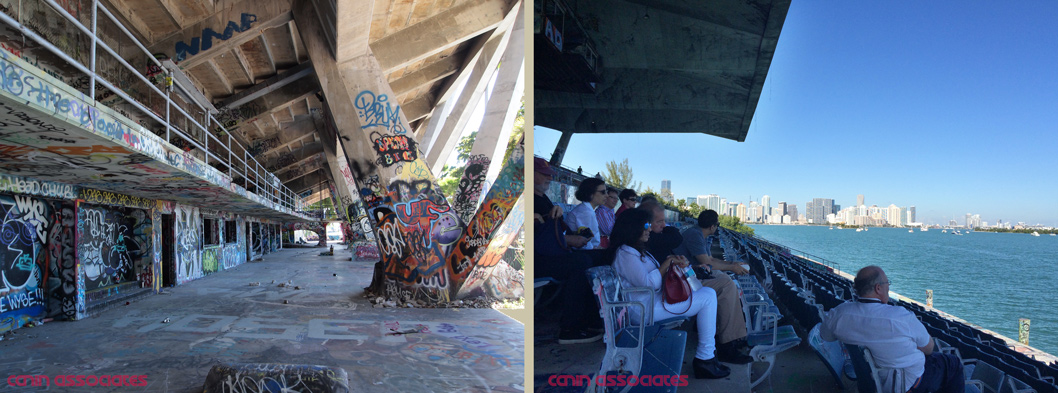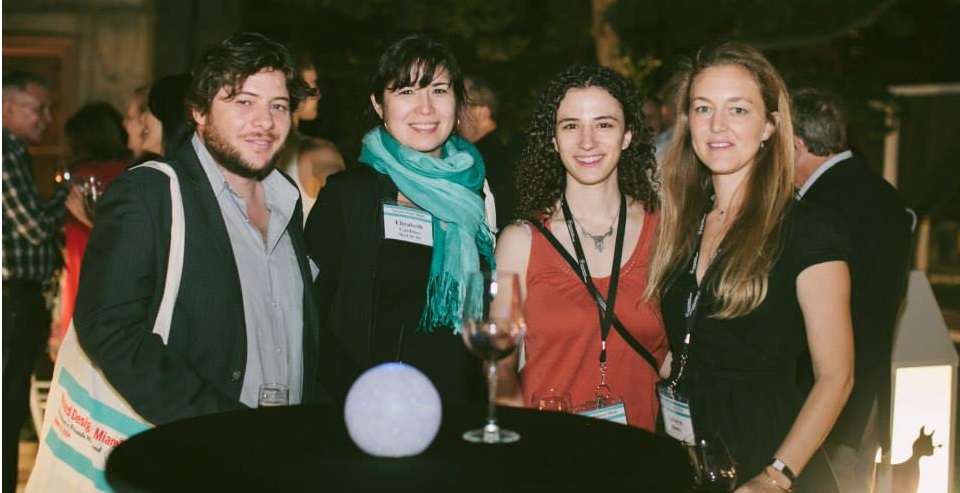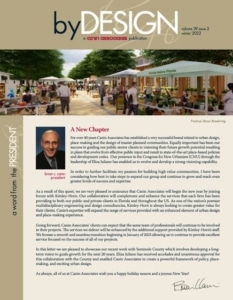ULI Central Florida: Visionaries Discuss the M-Factor
Last week, I had the chance to attend ULI Central Florida’s signature YLG event A Night with Visionaries of Central Florida: The M-Factor. Hosted by the Young Leaders groups from ULI Central Florida, CREW Orlando, and NAIOP Central Florida, this latest edition provided a platform for visionaries and young professionals to discuss the impact Millennials are having on a wide array of real-estate-related fields.
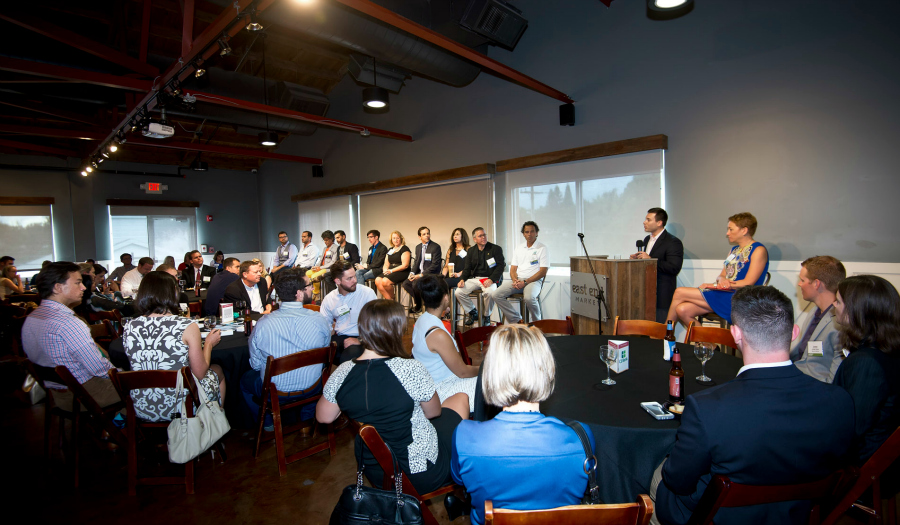
The program consisted of a series of roundtable discussions with some of Central Florida’s most influential leaders. During each seven-minute segment, a new visionary shared valuable insights within the areas of urban planning, development, philanthropy, healthcare, education, sports and entertainment, law, architecture, and technology. Proceeds from the event directly supported US Hunger. The group of Visionaries, and some of their observations on Millennials, included:
Don Campbell, Founder, US Hunger
“Social media is a powerful tool that Millennials respond to, but it doesn’t necessarily get them out to volunteer. We find that it’s our great work culture that’s attracting more interns in a world where volunteering is decreasing.”
Carlos Carbonell, CEO, Echo Interaction Group
“You don’t have to be a programmer to start a tech company—you can leverage that excitement and solve other problems through technology.”
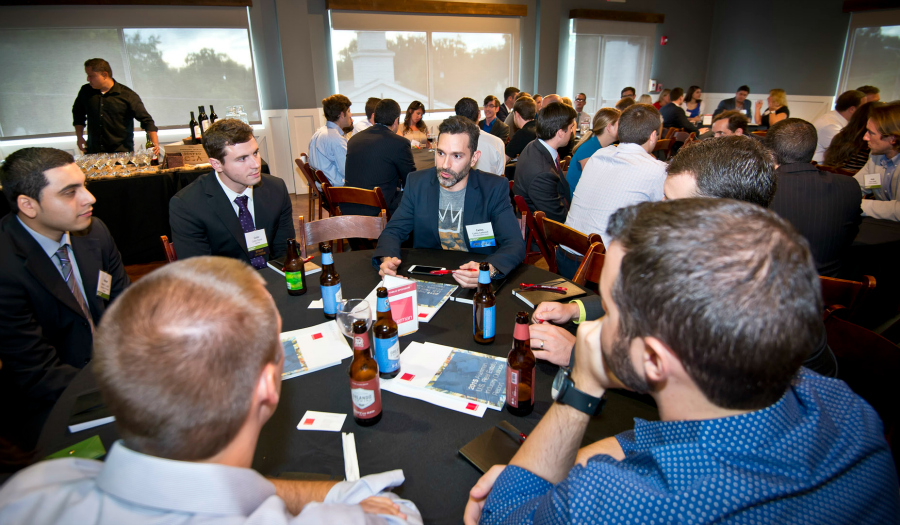
Pauline Eaton, Main Street Coordinator, City of Orlando
“Millennials are looking for communities that have an authentic, unique identity.”
David Harrison, Professor of Real Estate, University of Central Florida
“In our program, we’re actively reaching out to find out how to improve our education, both in real estate and in tangent fields.”
Ken LaRoe, CEO & Chairman, First Green Bank
“We’re the first values-based financial institution on the East Coast. Millennials are drawn to organizations with a values-driven mission and sustainable practices.”
Leila Jammal Nodarse, Senior Principal, Terracon
“Millennials want to feel like they can bring ideas forward, especially ideas that support community.”
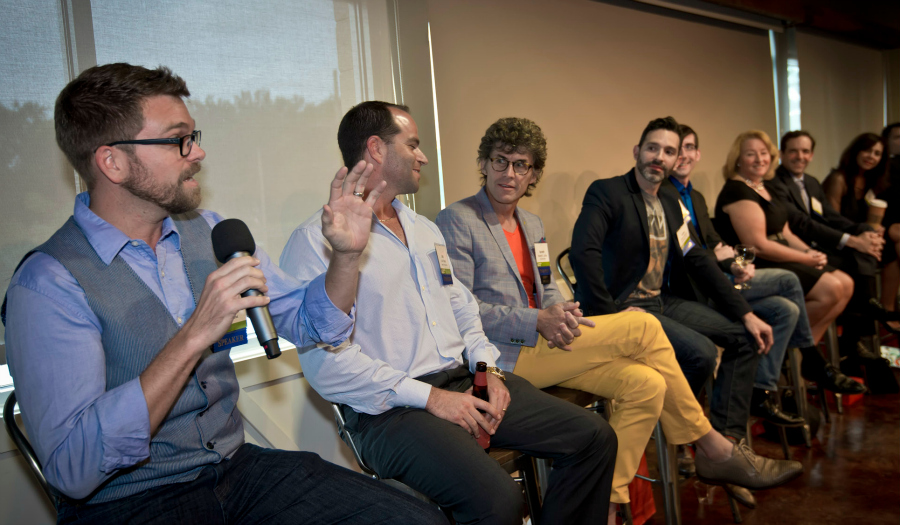
John Rife, Owner, East End Market
“Millennials are interested in authentic projects that meet area-specific needs and are not franchised. Through social media, pop-ups as precursors, and flex spaces, we can let demand shape those projects.”
David Stone, Director of Architectural Services, Phil Kean Design Group
“Being involved in professional organizations helped me make connections offline and online that led to connecting with and working for Phil Kean.”
Joshua Wallack, COO of Mango’s Tropical Café and Managing Principal at Skyplex
“In Orlando, your project needs enough power to rise above the noise to compete with what’s already out there—and to attract part of the 62 million visitors as well as the local market.”
Jim Zboril, President, Tavistock Development Group
“At Lake Nona, we’re attracting Millennials by expanding the variety of housing products, including Canin Associates’ Jewel Box homes, that meet the needs of young buyers while providing a lower price of entry.”
Photos by Chris Gotshall Photography



